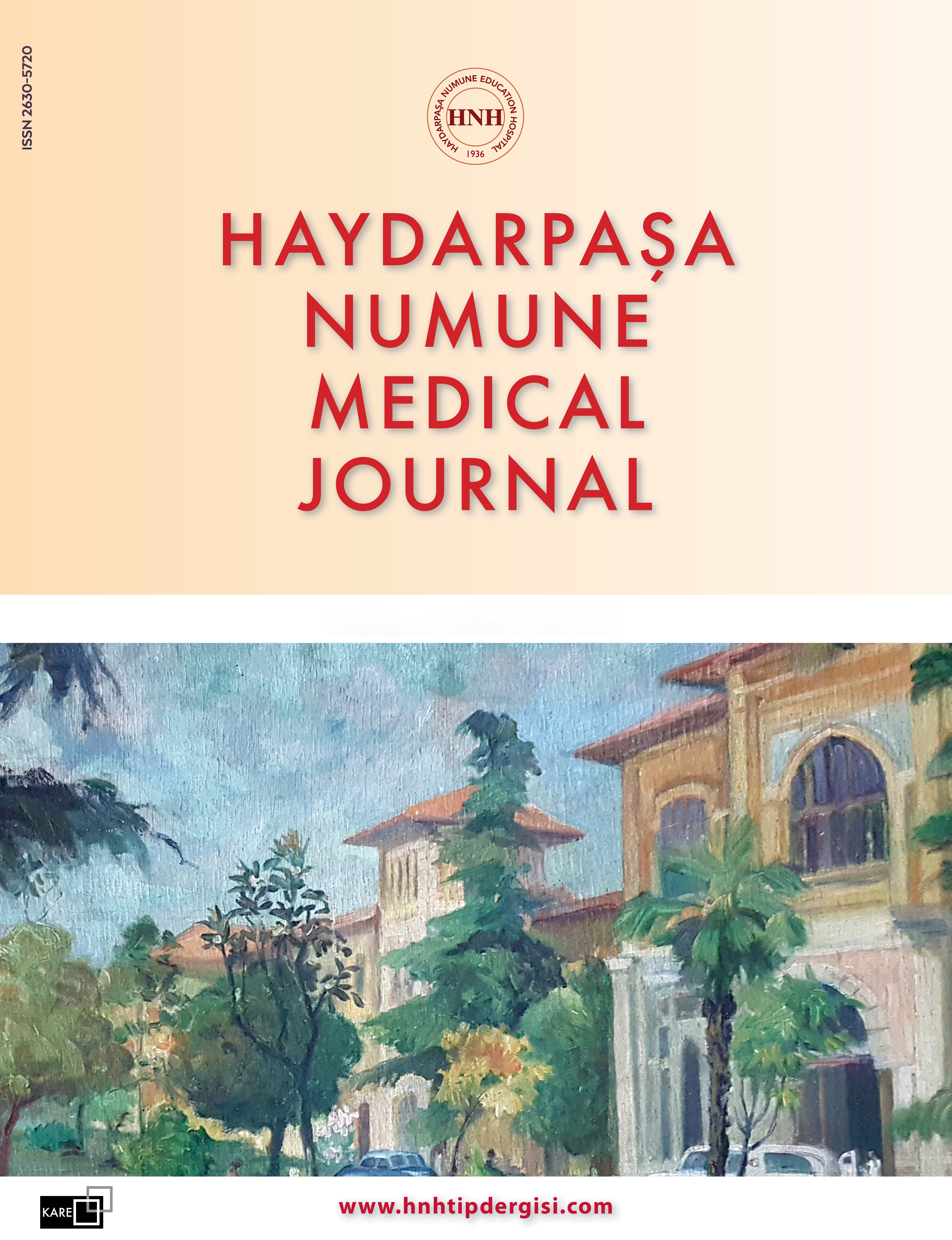Attitudes and Behaviors of Emergency Room Physicians Regarding Prescribing Oral Anticoagulants for Newly Diagnosed Atrial Fibrillation Patients at Discharge
Ercan Koç1, Görkem Alper Solakoğlu2, Behçet Al2, Çağatay Nuhoğlu31Department of Emergency Medicine, Osmaniye State Hospital, Osmaniye, Türkiye2Department of Emergency Medicine, Istanbul Medeniyet University, Istanbul, Türkiye
3Department of Emergency Medicine, Sisli Hamidiye Etfal Training and Research Hospital, Istanbul, Türkiye
INTRODUCTION: Current guidelines on atrial fibrillation (AF) recommend prescribing oral anticoagulants (OACs) for high-risk patients. However, the rate of OAC prescriptions by emergency department (ED) physicians remains lower than expected. This study explores the barriers that prevent ED physicians from prescribing OACs at discharge for newly diagnosed AF patients.
METHODS: This qualitative case study included semi-structured interviews with 26 emergency medicine specialists and residents at a tertiary care hospital with 280,000 annual emergency visits. The interviews comprised 26 open-ended questions across three sections. Thematic analysis was used to identify factors influencing physician decision-making.
RESULTS: Inductive content analysis of the interviews revealed three key themes: (1) management of AF in the ED, (2) thromboprophylactic approach, and (3) opinions and recommendations. Physicians frequently consulted cardiologists for AF management. The primary barrier to prescribing OACs was concern over inadequate follow-up after discharge. Physicians emphasized the need for healthcare system revisions, particularly early cardiology outpatient follow-ups post-ED discharge and long-term monitoring by family physicians, to increase OAC prescription rates.
DISCUSSION AND CONCLUSION: The study highlights the need to clearly define the role of ED physicians in managing AF patients. A comprehensive improvement plan should address systemic barriers, establish a seamless diagnosistreatmentprescriptionfollow-up chain, and enhance physician education. These measures could improve adherence to guidelines and optimize care for AF patients.
Manuscript Language: English
















